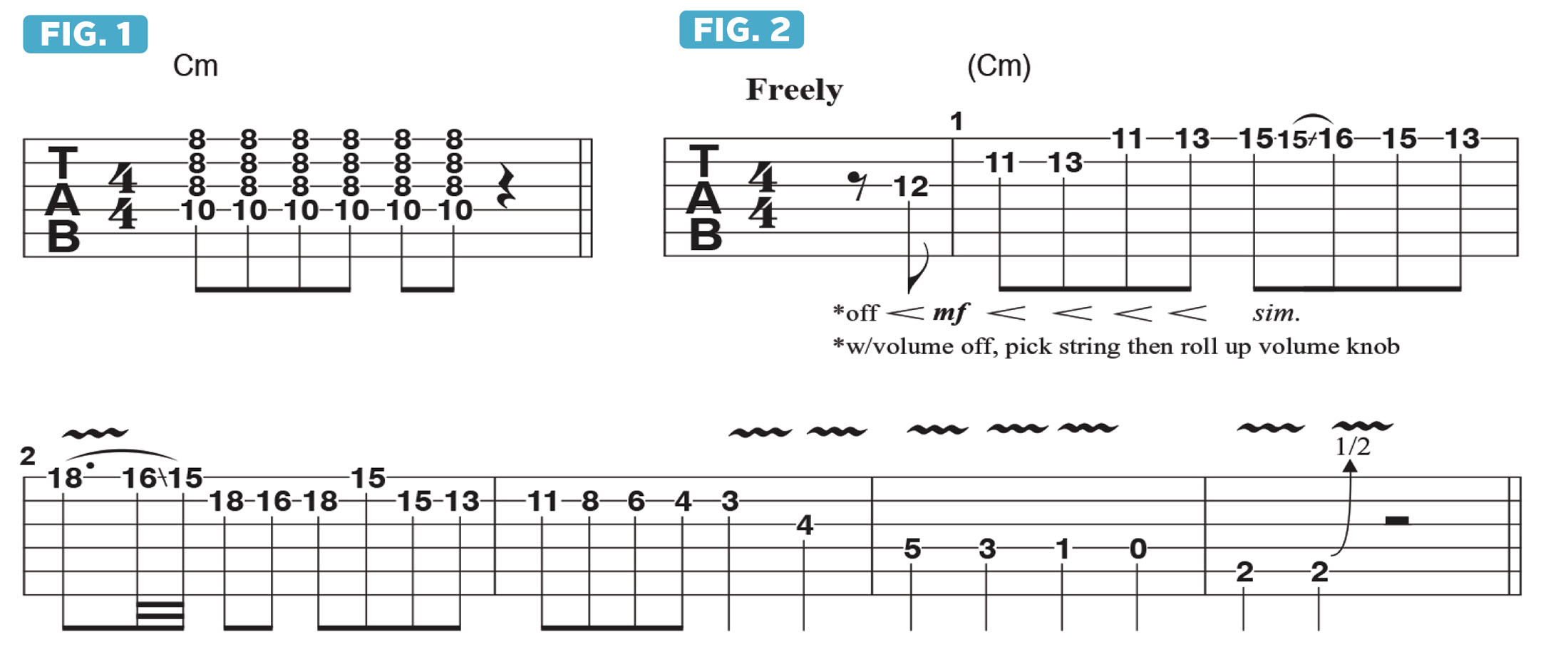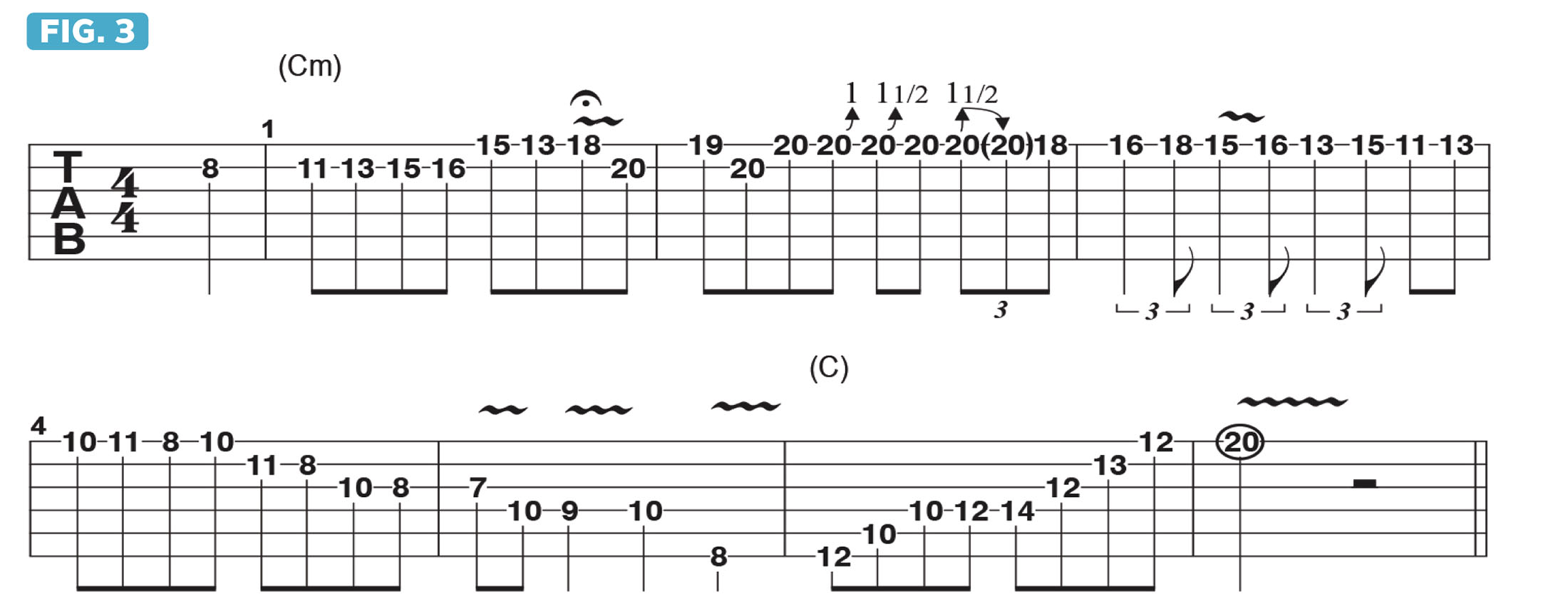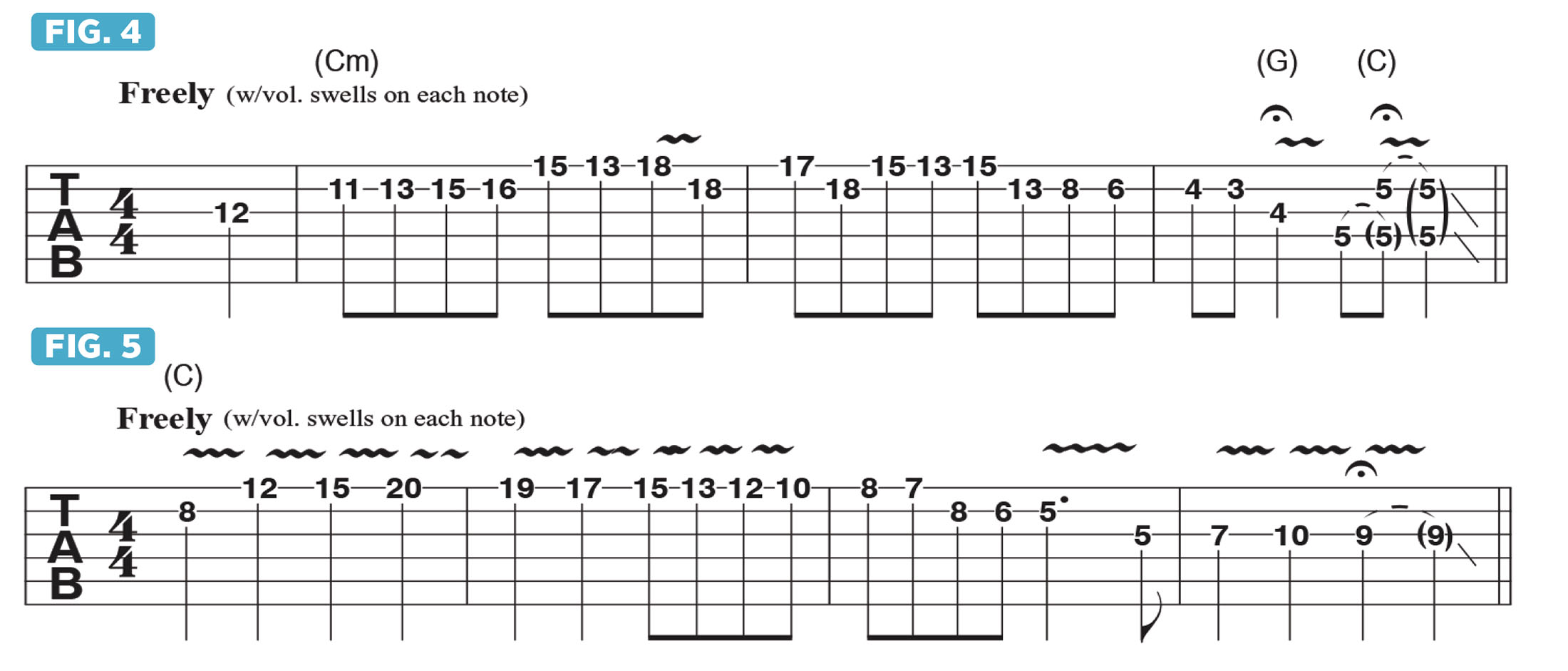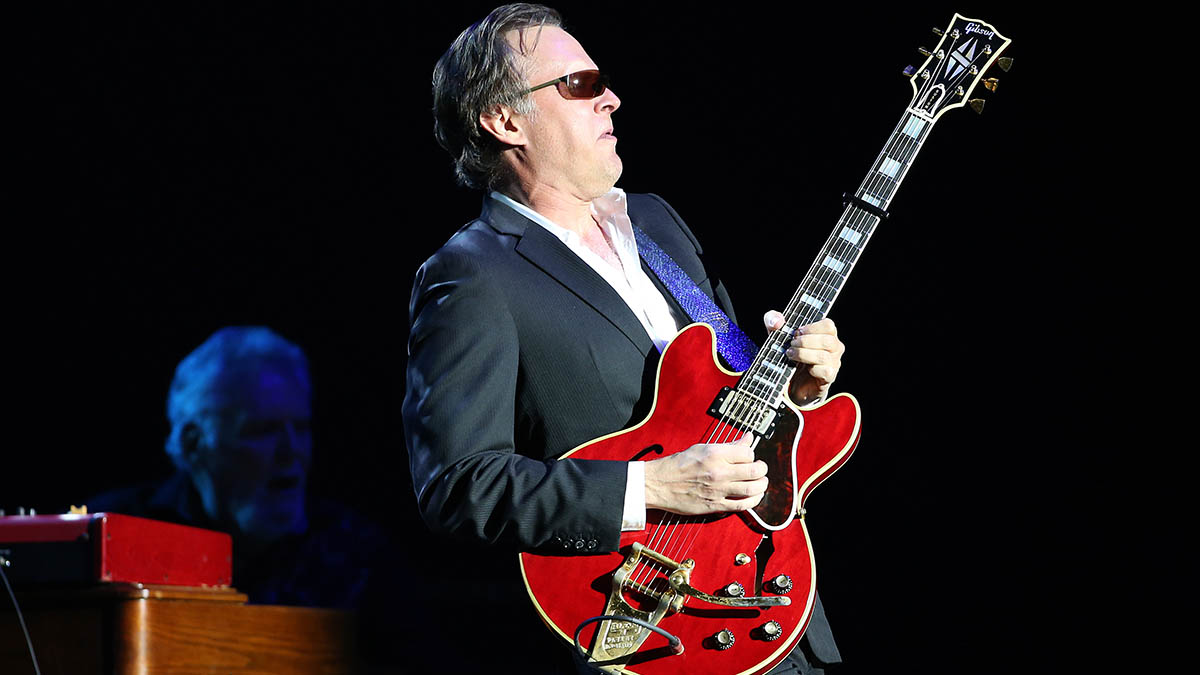Joe Bonamassa shows you how to incorporate volume swells into your solos
Give your lead guitar style a bowed quality à la Roy Buchanan, Walter Trout, Jeff Beck et al

One of the most expressive tools for electric guitar players is the use of the volume swell. An essential element in the arsenals of such legendary players as Danny Gatton, Roy Buchanan, Walter Trout, and, of course, Jeff Beck, a volume swell is produced by raising the volume of the guitar from zero to “on” after picking a string.
The note’s initial attack is inaudible through the amplifier, after which its sustain fades in, or “blossoms,” getting louder as you turn up your guitar's volume knob. When done correctly, the sound produced is like that of a bowed instrument, such as a violin or cello. Once you have the technique down, it’s possible to play long phrases wherein each note is sounded with a quick volume swell.
The type of guitar you play and the physical location of its volume knob play a large part in facilitating this technique. On Fender Stratocasters and Telecasters, the volume knob is close to the strings and thus readily accessible to perform the swells, using your pick-hand pinkie to gradually roll the knob from “off” to “on” immediately after picking a note.
On a Gibson Les Paul, the neck-pickup volume knob is a little further away but still reachable without too much trouble. On other Gibsons, such as a 335 or an SG, it’s physically less convenient to pick a string and swell in with the volume knob in a single move. (An alternative option is to use a volume pedal to perform the swells.)
In any case, using some reverb/delay helps smoothen out the swells, especially when rolling the volume back down to “0.”
For today’s lesson, I would have preferred to use my Les Paul’s neck-pickup volume control to demonstrate this technique, but unfortunately its volume pot is “scratchy” (it makes noise due to accumulated residue), so I need to reach all the way down to my bridge-pickup volume control. With any luck, I won’t pull a tendon!
I think volume swells are very emotive and use them a lot in my playing. For example, if playing a slow blues in C minor, one can really get the crowd going by exploring all of the subtleties and range that volume swells afford you.
All the latest guitar news, interviews, lessons, reviews, deals and more, direct to your inbox!
Figure 1 illustrates a Cm chord voicing, and in Figure 2 a line is illustrated wherein each note is “articulated” with a volume swell.
This improvised line is based on the C natural minor scale, or Aeolian mode (C, D, Eb, F, G, Ab, Bb), with brief reference to C harmonic minor (C, D, Eb, F, G, Ab, B) via the inclusion of a B note, referencing the major 3rd of the V (five) chord, G. The goal here is to produce a gentle melody with a “bowed” articulation.
In Figure 3, I utilize the same approach but end the phrase with reference to a C major arpeggio (C, E, G) that traverses three octaves. Picking with my thumb, every time I pick downward, there is a counter-action with my pinkie that gradually turns up, or swells, the volume from zero to on.
Figures 4 and 5 offer two more examples articulated with this technique.
With practice, you’ll find the “sweet spot” on any given guitar to perform volume swells smoothly. Hopefully, your fans will come up to you and say, “Hey, I really liked when you made your guitar sound like a cello!” to which you can reply, “but I play other stuff too!” Good luck, and don’t pull a tendon!
Joe Bonamassa is one of the world’s most popular and successful blues-rock guitarists – not to mention a top producer and de facto ambassador of the blues (and of the guitar in general).




